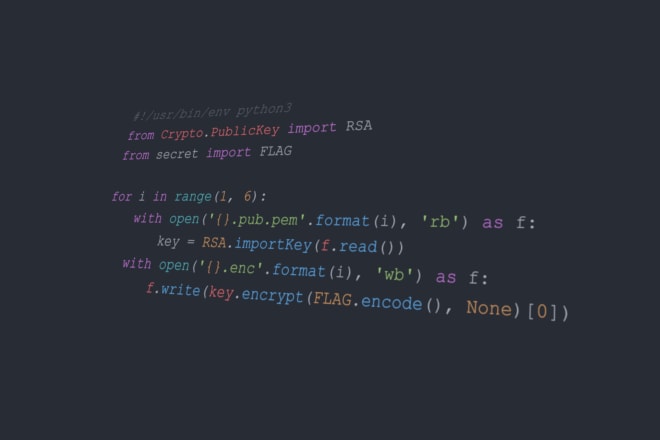Python keylogger email services
Python is a versatile language that can be used for many different programming tasks, including creating a keylogger. A keylogger is a piece of software that records all of the keys that are pressed on a keyboard, and can be used to secretly record someone's activities. There are many different ways to create a keylogger in Python, but one of the simplest is to use the pynput module. The pynput module can be used to create a keylogger that will record all of the keys that are pressed on a keyboard and store them in a text file. It can also be configured to send the recorded keystrokes to an email address, which can be useful for remotely monitoring someone's activity. There are many different ways to configure a Python keylogger, so it's important to choose the right options depending on your needs. For example, you can choose to record only certain keys, or you can choose to record all keys. You can also specify how often the keylogger should send the recorded keystrokes to the email address, and whether or not to include the timestamp. python keylogger email services can be a great way to secretly monitor someone's activity. They can be used to record all of the keys that are pressed on a keyboard, which can be useful for remotely monitoring someone's activity. There are many different ways to configure a Python keylogger, so it's important to choose the right options depending on your needs.
There are a few different ways to send keylogger data via email. One is to simply attach the keylogger file to an email and send it. Another is to use a service that will automatically send the keylogger data to your email address.
Python is an interpreted language, which means that it can be executed without the need for a compiler. This makes it an ideal language for scripting and automating tasks, as well as for creating web applications. Python is also a popular language for data science and artificial intelligence applications.
Top services about Python keylogger email

I will suggest and create projects in python for you
The Gig will help the external Students/ Developers regarding the certain ideas and will provide certain Completed Projects. Since the projects will be completed in python. The main on hand experience I have in software development and script programming are in:
1) Python data structures
2) Python web access and rest API's
3) Python Data Analysis and Visualization
4) Python Scrapping Scripts
5) Python GUI Application
6) Python Natural Language Processing
7) Python Parallel Computing
8) Python Assistants
9) Python WebRankers.
and others...

I will teach all the python basics from scratch

I will python scripts,python programming, python code,python assignments,python project

I will do python programming, web scraping for you

I will do python scripts, web scraping and automation

I will write python code for you
The problem can be
1) basic python
2) machine learning using python
3) data analysis using python
4) data visualization using python

I will be your python programmer for python tasks

I will do web scraping, automation, and scripting in python

I will help in python assingments, projects and bug fixing
I will help in,
- Python Assignments
- Problem-solving in Python
- Python Object Oriented Programming principles
- Design Patterns
- Python project work
Explain your task clearly. I do clean and super readable code and follow best practices
